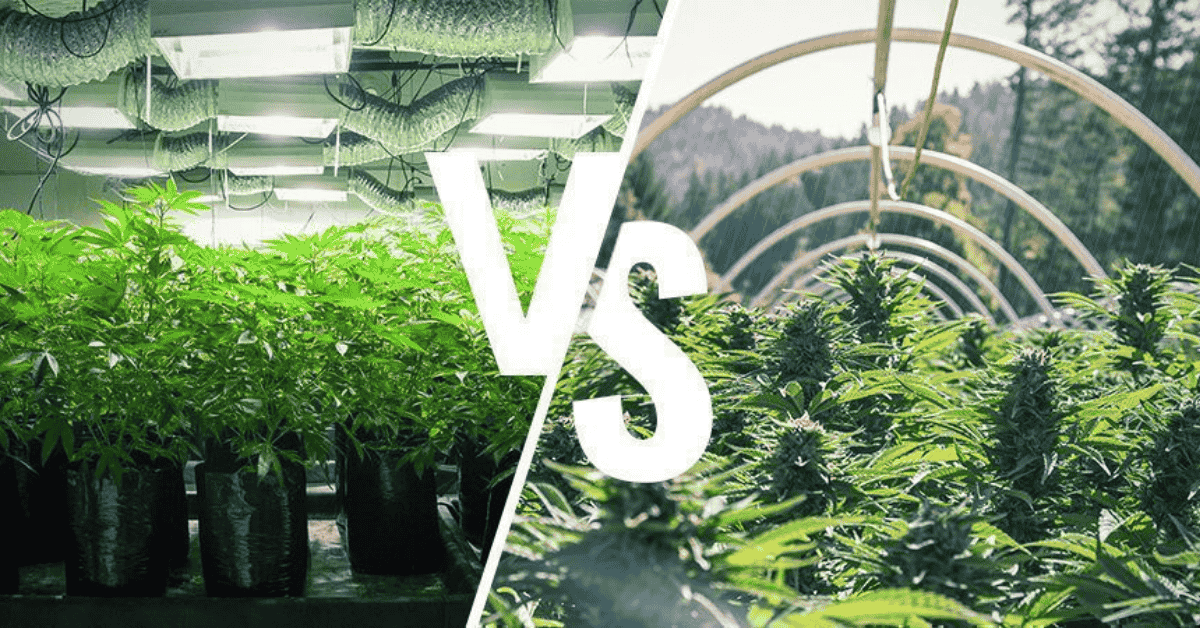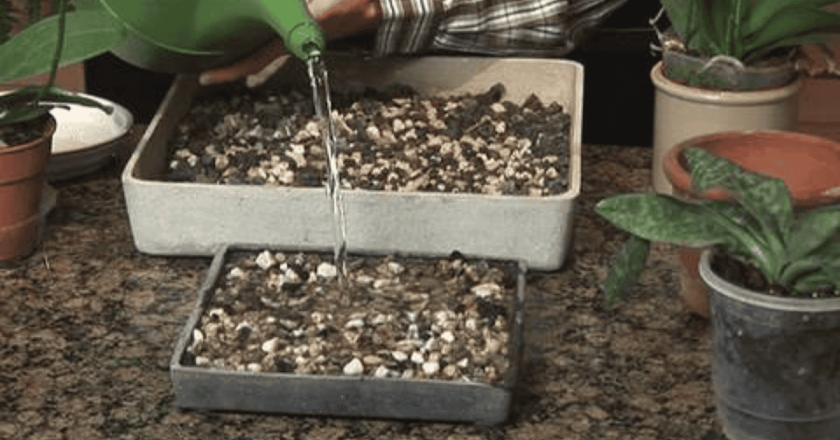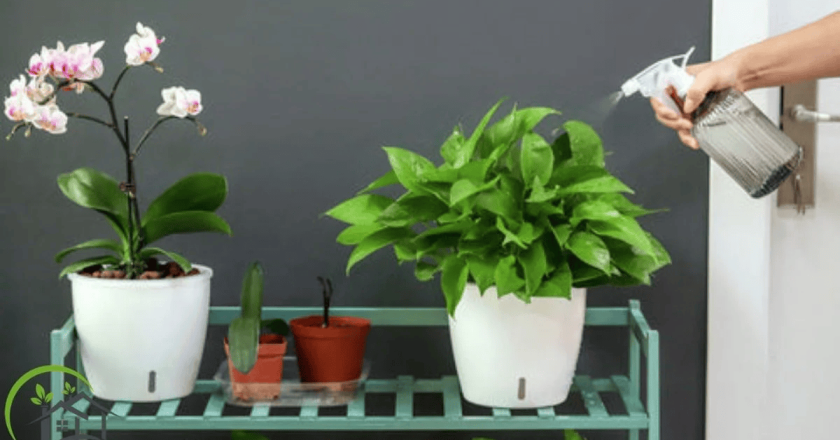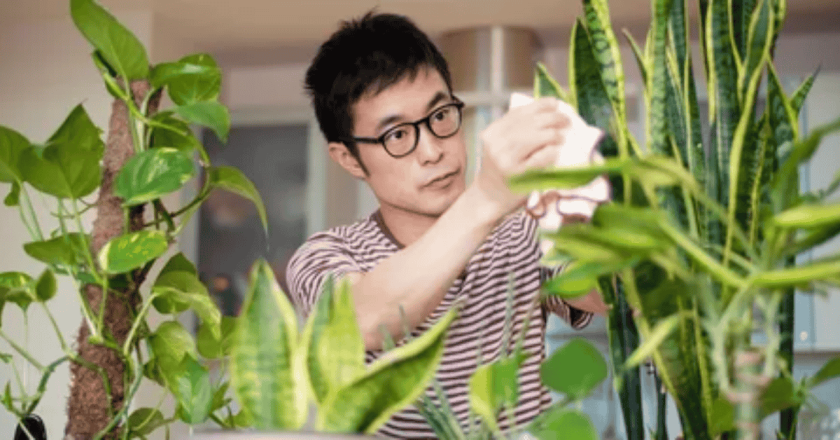Most of us start plant care with water and light. Those are obvious. You forget to water a peace lily, and within hours, it droops dramatically. Too much sun on a money tree, and the leaves scorch. But fertilizing… that one feels trickier. Especially when you realize that fertilizing indoor plants isn’t quite the same as fertilizing outdoor ones.
It sounds like a simple distinction — indoors versus outdoors — but the truth is, the differences run deeper than many people expect. And the moment you get it right, plants transform. Leaves stay greener, flowers last longer, and growth feels steady instead of sluggish.
This guide unpacks what makes fertilizing indoor plants unique, how it contrasts with fertilizing outdoor plants, and the common mistakes to avoid. Along the way, I’ll share practical tips, personal notes (like the time I overfed a snake plant and regretted it for weeks), and links to resources that can help you figure out the right approach for your plant collection.
Why Fertilizing Indoor Feels Different
Here’s the thing: plants don’t care about our categories. They just want nutrients. But the environment indoors changes how nutrients behave.
Inside, plants live in a much smaller soil system. Pots only hold so much, and that means nutrients wash away or build up far more easily. Outdoors, soil is open, rich, and often replenished naturally by organic matter, rain, or worms.
So when we talk about fertilizing indoor plants, we’re really talking about working within a closed system. And in a closed system, every drop of fertilizer matters. One scoop too much? You’ll see it in yellowing tips or salt build-up on the soil surface.
Contrast that with fertilizing outdoor plants, where extra nutrients often just seep deeper into the ground. The plant still feels it, but the risk of damage is a little less immediate.
It’s a subtle but important difference. And it’s why the phrase “Fertilizing Indoor” deserves attention all on its own.
The Role of Nutrition in Plant Health
No matter where a plant grows, the basics remain: nitrogen, phosphorus, and potassium are the main building blocks. Nitrogen for leafy growth, phosphorus for roots and flowers, and potassium for overall strength. Beyond that, micronutrients like magnesium, calcium, and iron play supporting roles.
But how they get absorbed differs.
-
Indoor plant nutrition often depends on precise feeding schedules. Miss a dose, and your pothos might slow down noticeably. Overdo it, and you risk burning roots.
-
Outdoor plant fertilizer schedules can be looser. The soil usually contains reserves, and natural cycles replenish them seasonally.
If you want a deeper dive into how particular species respond to nutrition, check out this Christmas cactus care guide. It’s a perfect example of a plant that behaves differently indoors than outdoors, especially around feeding time.
Indoor Plant Feeding Schedule: Finding the Rhythm
If you’ve ever asked yourself how to fertilize indoor plants, the first thing to realize is that consistency matters more than volume. Plants indoors often need lighter but more frequent feeding.
A common indoor plant feeding schedule looks like this:
-
Spring and Summer – Fertilize every 2–4 weeks. Growth is active, and nutrients are used up quickly.
-
Fall and Winter – Fertilize every 6–8 weeks or pause completely, depending on the plant’s natural cycle.
I’ll admit, I once fertilized a money tree through winter, thinking “more food = more growth.” What actually happened? Browning tips, crispy leaves, and me frantically searching for ways to reverse overfertilization. The lesson stuck. Here’s a proper Money Tree care guide if you don’t want to learn that lesson the hard way.
Fertilizer Types for Indoor Plants
Not all fertilizers are created equal, and indoors, the choice matters even more. A few main categories dominate:
-
Liquid Fertilizer Indoor Plants – Easy to dilute and control, but they require regular applications.
-
Slow-release fertilizer for Pots – Pellets or spikes that gradually release nutrients over weeks. Great if you travel or forget often.
-
Organic Fertilizer for Indoor Plants – Gentle, eco-friendly, but sometimes smellier or slower to act.
-
Natural Fertilizer Indoor Plants – Things like compost tea or diluted worm castings. They mimic outdoor soil processes.
Experimenting here is almost unavoidable. I remember trying a highly concentrated synthetic formula once — the directions said “use sparingly.” I didn’t, and within days my peace lily looked worse than it had in months. A lesson in humility and in following labels. If you’re curious about resilient choices, this peace lily care guide covers nutrition tips that prevent disasters like mine.
Fertilizing Outdoor Plants: Broader Strokes, Bigger Picture
While indoor plants need micro-level attention, outdoor plants thrive on more general feeding approaches.
A seasonal plant fertilizing guide for outdoor gardens often includes:
-
Spring – Balanced fertilizer to support new growth.
-
Summer – Extra phosphorus or potassium for flowering and fruiting.
-
Fall – Gentle feeding to prepare for dormancy.
-
Winter – Often no feeding at all.
The outdoor plant fertilizer schedule tends to follow nature’s rhythms. Rain distributes nutrients, soil microorganisms help break them down, and roots can stretch far to find what they need. That’s why the difference between indoor and outdoor fertilizing feels so dramatic when you compare side by side.
Check out this list of low-maintenance outdoor plants if you want species that won’t complain too much about feeding mistakes.
Common Plant Feeding Mistakes
It’s easy to assume fertilizer is like vitamins: more must be better. But common plant feeding mistakes say otherwise.
-
Overfertilizing – The most common error indoors.
-
Ignoring Seasons – Fertilizing when plants are resting leads to weak, leggy growth.
-
Wrong Formula – Using high-nitrogen food on flowering plants indoors can delay blooms.
-
Not Flushing Soil – Indoors, salts build up unless you water deeply now and then.
I once had a snake plant — famously low-maintenance — that started showing brown leaf tips. Turned out I’d been overfeeding without realizing it. Here’s a snake plant care guide that proves sometimes less is more.
Indoor vs Outdoor Plant Care: Context Is Everything
Here’s a practical way to think about it:
-
Fertilizing Indoor = precision. Small pots, controlled environment, limited natural inputs.
-
Fertilizing Outdoor = adaptation. Larger soil reserves, natural processes, and seasonal variations.
Neither is harder, really. Just different. And knowing the proper fertilizing techniques for each environment saves you from a lot of headaches.
If you want ideas for hardy office plants that handle occasional feeding lapses well, this list of 35 best office plants might be helpful.
Plant Fertilizer Tips That Actually Work
After years of trial and error, here are some tips I’d pass on to anyone struggling:
-
Always water first, then fertilize. Dry soil plus fertilizer equals burnt roots.
-
Track feeding dates. A simple note in your phone keeps you from doubling up.
-
Dilute more than you think. Half-strength often works better indoors.
-
Rotate formulas. Alternate between general and bloom-focused mixes for variety.
And perhaps the most overlooked tip: step back sometimes. Plants don’t need constant intervention.
If you’re looking to expand your plant collection with easy-care options that won’t demand constant feeding, this list of 35 low-maintenance plants is a goldmine.
Fertilizing Oversized Indoor Plants
Bigger pots don’t always mean fewer worries. Oversized plants like fiddle leaf figs or monstera can drain nutrients quickly.
The trick with plant food for indoor vs outdoor giants is balance: frequent but diluted feedings. Strong doses may seem tempting, but they’re often too much for root systems in pots.
I’ve learned this with a monstera that I nearly overwhelmed with fertilizer spikes. It responded with droopy, sad leaves for weeks. If you’re curious about larger plant options, this guide on oversized indoor plants might inspire you.
Fertilizing Indoor: Why It Deserves Its Own Spotlight
By now, it’s clear. Fertilizing Indoor isn’t just a smaller version of outdoor care. It’s its own process, with its own rules. Indoor plants live in tighter spaces, rely completely on you, and respond more dramatically to small changes.
Outdoor plants, meanwhile, benefit from nature’s balancing act — rain, soil organisms, wind, and seasonal rhythms.
That’s the heart of the difference. And once you understand it, you’ll feel more confident experimenting, adjusting, and enjoying the process instead of worrying constantly about doing it “wrong.”
🌱 Key Takeaways
-
Fertilizing Indoor plants isn’t the same as outdoor care. Indoor pots hold limited soil, so nutrients deplete faster and need careful replenishment.
-
Schedules matter. Indoor plants often prefer lighter, more frequent feedings, while outdoor plants follow broader seasonal patterns.
-
Formulas should be chosen wisely. From liquid feeds to slow-release pellets, the best fertilizer for indoor plants depends on your lifestyle and plant type.
-
Overfeeding is a bigger risk indoors. Outdoor soil systems can buffer mistakes; potted plants can’t.
-
Observation beats routine. The best way to learn how to fertilize indoor plants (or outdoor ones) is by watching how your plants actually respond.
🌿 Final Thought
The difference between fertilizing indoor and outdoor plants isn’t about which one is “harder.” It’s about context. Indoors, your plants rely fully on you — every spoonful of plant food is a choice that matters. Outdoors, nature lends a hand. The real skill comes from learning to adapt, experimenting without fear, and accepting that mistakes happen. Because, honestly, that’s part of becoming a better plant caretaker.
❓ FAQs
1. How often should I fertilize indoor plants?
Most indoor plants do well with feeding every 2–4 weeks during the growing season. In winter, you can slow down or pause, depending on the species.
2. What’s the best fertilizer for indoor plants?
Liquid fertilizers are easiest to control, but slow-release pellets work well if you forget often. Organic and natural options are gentler, especially for sensitive plants.
3. How do I know if I’m over-fertilizing my indoor plants?
Look for yellowing leaf tips, white crust on soil, or sudden leaf drop. These are common signs of too much fertilizer indoors.
4. Is fertilizing outdoor plants less important?
Not less important, but different. Outdoor plants have access to richer soil and natural nutrient cycles, so they usually need seasonal feeding rather than frequent doses.
5. Can I use the same fertilizer for both indoor and outdoor plants?
Yes, but with adjustments. Indoor plants usually need a weaker solution since pots can’t buffer strong concentrations the way outdoor soil can.




